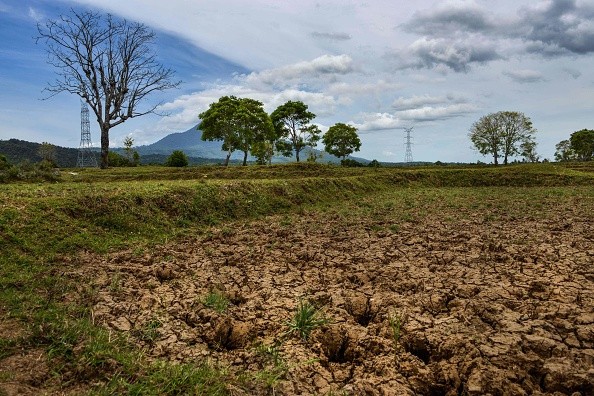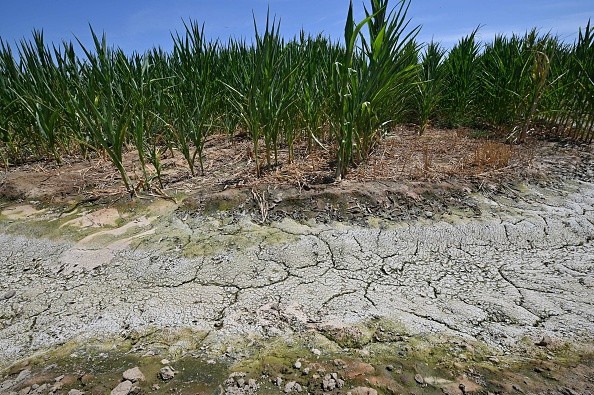Extreme climate change has led to a massive reduction in farmers' crop yield, and this turnout of events has greatly affected insurance payouts in the United States.

Rise in Crop Insurance Payments
There has been a high increment in the insurance payment for farmers due to the massive loss caused by flooding and drought.
According to The Hill, payment has risen by three times and even more over the past 25 years, as per an analysis of federal data carried out by the Environmental Working Group (EWG). The analysis was released on Thursday.
Farmers, insurance companies, and taxpayers have expressed their concerns on this threefold rise in the payout, they worry that there might be more increase and the crops will get more expensive.
Almost 60% of the nation's crop insurance premiums is gotten from these insurance payments, according to the Congressional Budget Office and so when there is growth, the insurance tends to rise.
As a result of drought and moist condition of the land, the insurance payment for the drought between 1995 and 2020 rose more than 400% to $1.65 billion and for the flood, it rose more than 300% to $2.61 billion, according to the non-profitable environmental group after examining data from the U.S. Department of Agriculture.
Predicting Future Increment
In a Reuters report, EWG was quoted saying: "As extreme weather has become more frequent, the climate crisis has already increased insurance payments and premium subsidies. These costs are expected to go up even more, as climate change causes even more unpredictable weather conditions."
According to the data from the Risk Management Agency, the number of insured acres grew just 84.5% during the period of its analysis.
There are more increases to come later in the future as the cost of insuring crops could increase between 3.5% and 22% by 2080, according to the 2019 USDA report.
These predictions also include farmers that have found a particular location for farming and harvesting.

Conservation Standard Farmers Need to Meet
According to National Geographic, climate change disrupts food productivity as most farmers are highly dependent on these changes to meet the conditions of the crop but when there are challenges caused by the climate, crop safety will be highly threatened.
Most of the crops insured by the farmers include corn, soybeans, wheat, and cotton.
Due to the climate fluctuations, farmers search for locations that will be highly productive and safe for their crop, the federal government informs these farmers about the need to be conservative while planting and to avoid lands that are prone to erosions.
"The program needs to be reformed so it encourages farmers to be resilient to extreme weather events that we know are ahead," Anne Weir Schechinger, the Midwest director of EWG stated as she worries those conditions might get tougher.
Although the government often express their concerns and worries about these changes, there has been no specific assurance that the increment will stop.
These payments might continue rising as far as there is still decrement in productivity, disruption in food availability, increment in the price of agricultural products and so many other hitches caused by the drought and flooding.
For more news, updates about climate change and similar topics don't forget to follow Nature World News!
© 2025 NatureWorldNews.com All rights reserved. Do not reproduce without permission.





